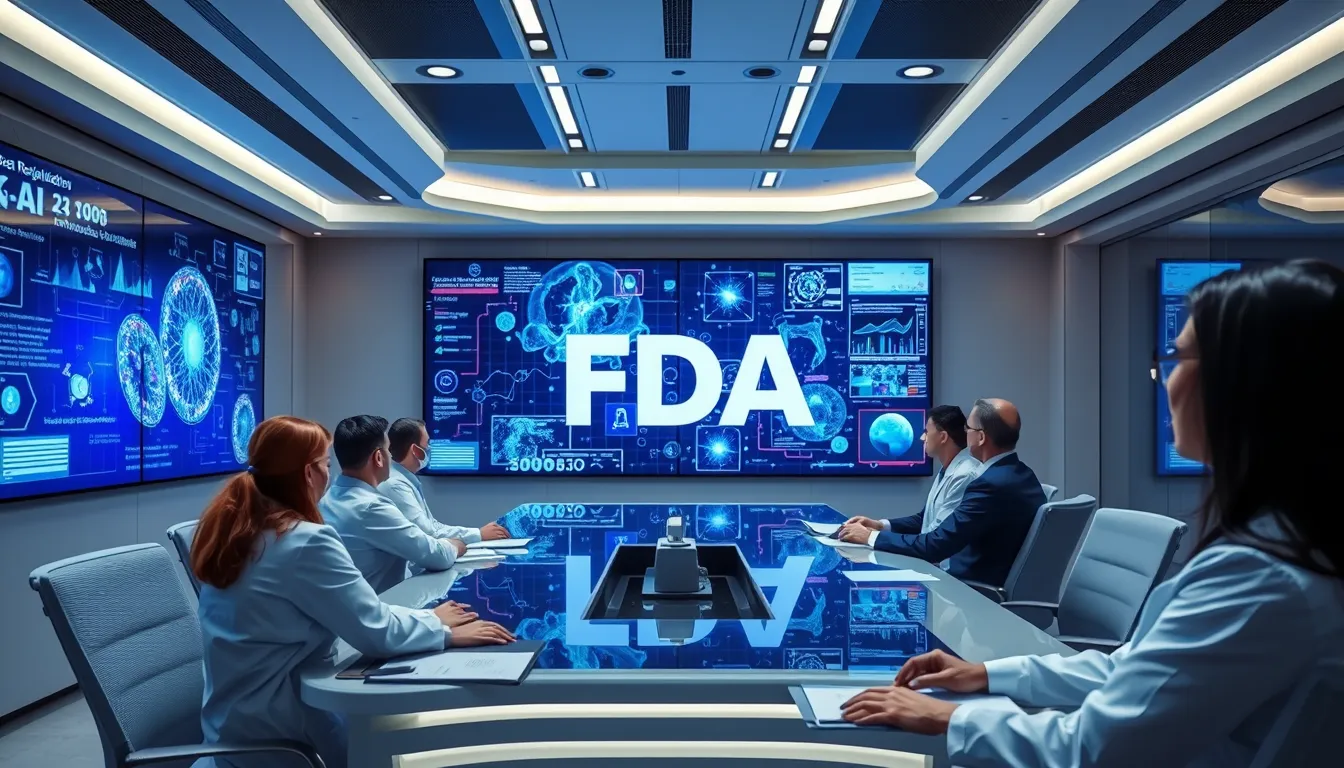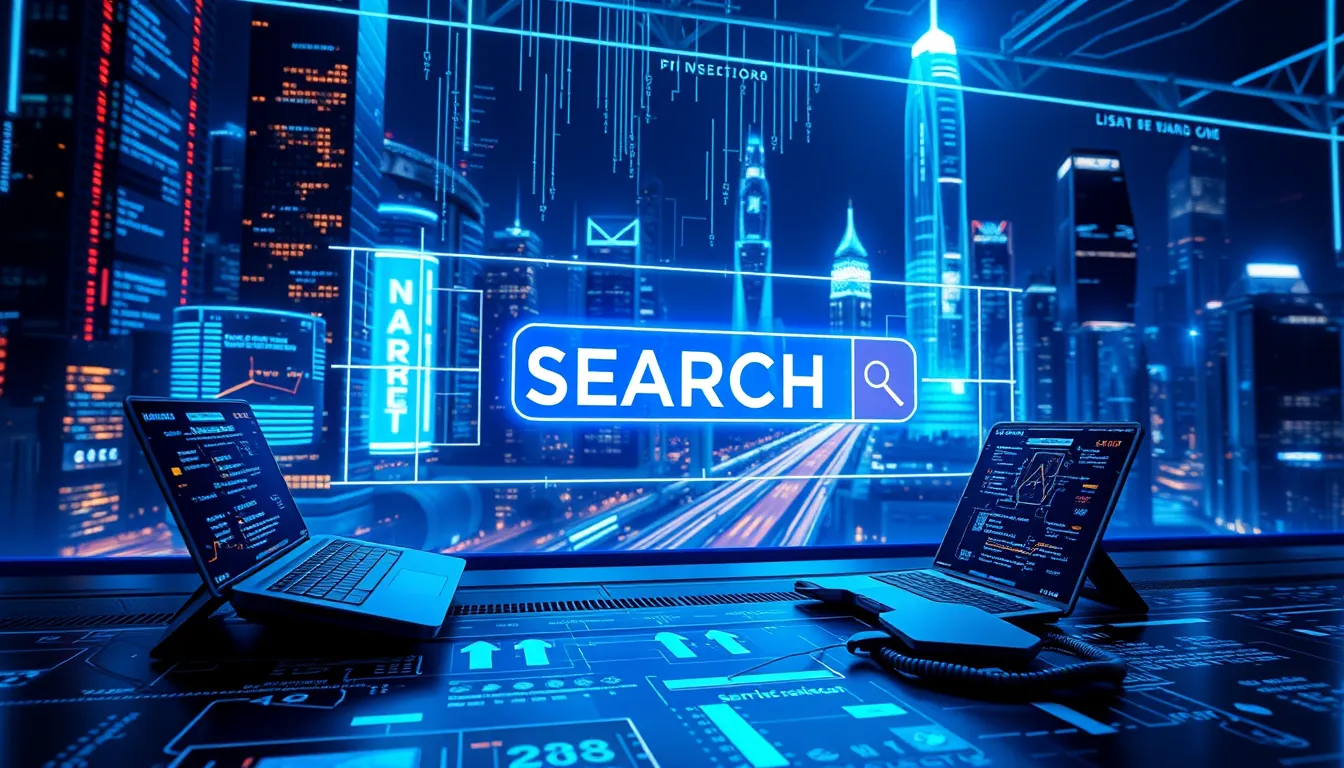Now Reading: AI Drug Evaluation: FDA & Digital Transformation
-
01
AI Drug Evaluation: FDA & Digital Transformation
AI Drug Evaluation: FDA & Digital Transformation

AI Drug Evaluation: FDA & Digital Transformation
Introduction
The revolution in healthcare is well underway, and one of the most significant changes is driven by AI. Specifically, AI drug evaluation is emerging as a groundbreaking force that is transforming the pharmaceutical and regulatory landscapes. By leveraging the capabilities of advanced artificial intelligence, the drug evaluation process is becoming faster, safer, and more cost-effective. This article explores the integration of AI into drug evaluation, the role of the FDA in this transformation, and the broader impact on digital transformation in healthcare.
FDA and AI: Redefining Regulatory Frameworks
In recent discussions, key stakeholders including regulatory authorities have begun exploring the potential of combining FDA oversight with AI technologies. The term ‘FDA and AI’ is not just a buzzword, but a decisive factor that signals a new era where machine learning aids regulatory frameworks. The FDA (visit https://www.fda.gov for more details) is now open to collaborating with AI experts to harness data-driven insights to improve safety assessments. This partnership aims at reducing review times and ensuring that only the safest and most effective drugs reach the market.
Integrating Advanced Artificial Intelligence in Drug Evaluation
A pivotal element in this digital revolution is the integration of advanced artificial intelligence in drug evaluation. This approach promises to overhaul traditional methods by using algorithms to analyze vast datasets, predict outcomes, and identify potential side effects. Some of the benefits include:
- Faster review processes: AI can analyze clinical trial data in a fraction of the time needed by conventional methods.
- Enhanced accuracy: Machine learning models can predict drug outcomes with improved precision, reducing the likelihood of oversight.
- Cost effectiveness: Streamlined processes can reduce the significant expenditures associated with traditional drug evaluation.
These advances are especially critical in an industry where speed and accuracy can save lives. In this context, the careful blend of technology and human oversight ensures that AI drug evaluation remains both innovative and reliable.
How AI Speeds Up Drug Discovery
Beyond evaluation, AI is making significant inroads into drug discovery itself. The inquiry into how AI speeds up drug discovery is particularly timely, given the rising demand for rapid development of new therapies. AI-driven systems can screen thousands of compounds quickly, identifying promising candidates that might otherwise be overlooked. Furthermore, these systems can automate routine tasks and provide data-backed recommendations, which assists researchers in focusing their efforts on the most viable options. Such technological integration not only speeds up the discovery process but also helps in reducing costs and optimizing research efficiency.
Challenges and Future Perspectives
While the potential of AI drug evaluation is exhilarating, it also comes with its set of challenges. One of the foremost issues is ensuring that AI systems operate within strict ethical and legal frameworks. Maintaining transparency in algorithms and safeguarding patient data are essential to build trust among stakeholders. In addition, there is an ongoing need to establish robust security protocols to prevent unauthorized access or bias in data processing.
- Regulatory uncertainty: As FDA and AI collaborations evolve, clear guidelines must be established to manage accountability and safety.
- Ethical considerations: Integrating AI in drug evaluation must be done while maintaining rigorous ethical standards, ensuring that patient safety is never compromised.
- Technical limitations: While AI excels at processing large datasets, it requires continuous updates and maintenance to remain accurate and relevant.
Looking ahead, the future of AI drug evaluation is not just about overcoming challenges but also about seizing opportunities for improvements in public health. The collaboration between technology experts and regulatory authorities is expected to foster an environment where innovative solutions can thrive. OpenAI, for example, has become a noteworthy leader in artificial intelligence research (visit https://openai.com for more information), and its involvement underscores the broader trend of technological adoption in critical fields.
Conclusion
The integration of advanced artificial intelligence in drug evaluation is paving the way for a more efficient, transparent, and reliable regulatory process. By combining the meticulous oversight of the FDA with the analytical power of AI, the speed and accuracy of drug discovery and approval are set to improve significantly. As we move into this new era, stakeholders across the board—from regulatory bodies to technology innovators—are called upon to collaborate closely, address emerging challenges, and harness the benefits of digital transformation in healthcare. With the promise of faster drug discoveries, enhanced safety evaluations, and streamlined approval processes, AI drug evaluation is not just a technological upgrade but a paradigm shift that holds potential for saving countless lives.
This dynamic landscape signals an exciting future for both the pharmaceutical industry and public health initiatives, ensuring that innovation and safety walk hand in hand.

























